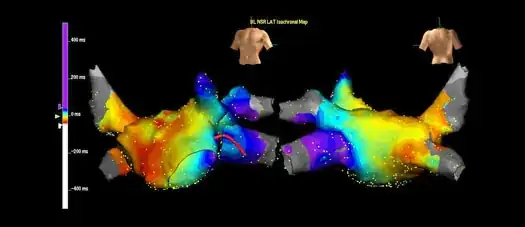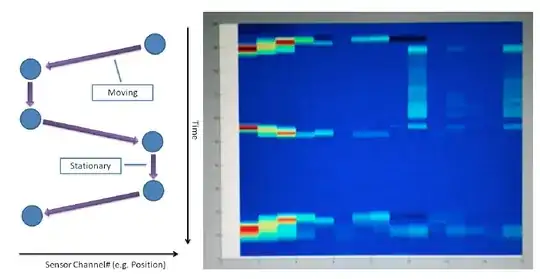Context
What others have rightly pointed out is that you have many modalities to choose from each with its own strengths and weaknesses.
If you want to pursue the electro-magnetic modalities, what you are trying to do is certainly possible and practical.
Interferometry ("High" Frequency)
If you can control the wire, EnSite NavX from St. Jude's uses a 20MHz RF signal to do localization by Time of Flight (via interferometry) if I recall correctly.
We use it in our interventional cardiology procedure rooms ("cath labs").

Electrostatics ("Low" Frequency)
I developed a similar approach that works at near-DC (quasi-static).


